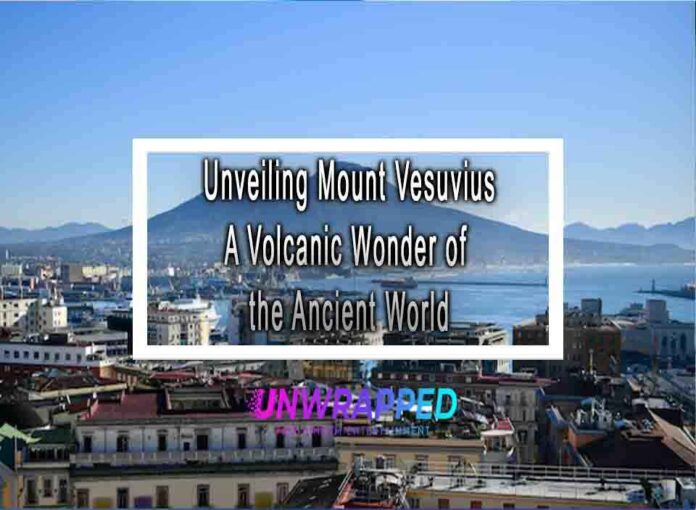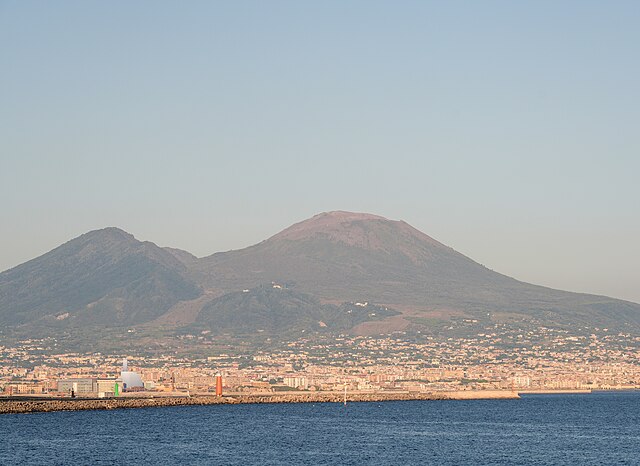Mount Vesuvius, a volcanic wonder of the ancient world, is a famous stratovolcano located in Campania, Italy. It is renowned for its catastrophic eruption in 79 AD, which led to the destruction of the ancient Roman cities of Pompeii, Herculaneum, Oplontis, and Stabiae. Here is an overview of this iconic volcanic landmark:
Key Facts about Mount Vesuvius:
- Location: Mount Vesuvius is situated in the Campania region of southern Italy, near the Bay of Naples. It is part of the Campanian volcanic arc, which includes several other volcanoes.

- Type: It is a stratovolcano, also known as a composite volcano, characterized by its steep, conical shape.
- Height: The elevation of Mount Vesuvius varies due to eruptions and geological activity, but it is approximately 4,203 feet (1,281 meters) above sea level.
- Geological Activity: Vesuvius is one of the most well-known active volcanoes in the world. It has a history of frequent eruptions, with the most devastating being the eruption in 79 AD.
- Eruption of 79 AD: The eruption in 79 AD was one of the most famous volcanic events in history. It buried several Roman cities, including Pompeii and Herculaneum, under a layer of ash and pumice. Thousands of people died, and these cities remained buried and preserved for centuries.
- Ongoing Monitoring: Mount Vesuvius is continuously monitored for signs of volcanic activity. The Vesuvius Observatory, established in 1841, keeps a close watch on the volcano to provide early warning in case of an eruption.
- Modern Threat: The densely populated area around Mount Vesuvius, including Naples, poses a significant risk in the event of a major eruption. There is a need for comprehensive disaster planning and mitigation efforts.
Tourism and Exploration:
- Today, Mount Vesuvius is a popular tourist destination. Visitors can hike to the summit to peer into the crater and enjoy panoramic views of the Bay of Naples.
- The Vesuvius National Park was established to protect the area’s unique environment and promote sustainable tourism.
- The ruins of Pompeii and Herculaneum, buried by the eruption in 79 AD, have been extensively excavated and are UNESCO World Heritage Sites, offering a glimpse into ancient Roman life.
Mount Vesuvius stands as a reminder of the Earth’s geological activity and its impact on human history. It continues to be a subject of scientific study and a place of both geological wonder and historical fascination, attracting visitors from around the world.











